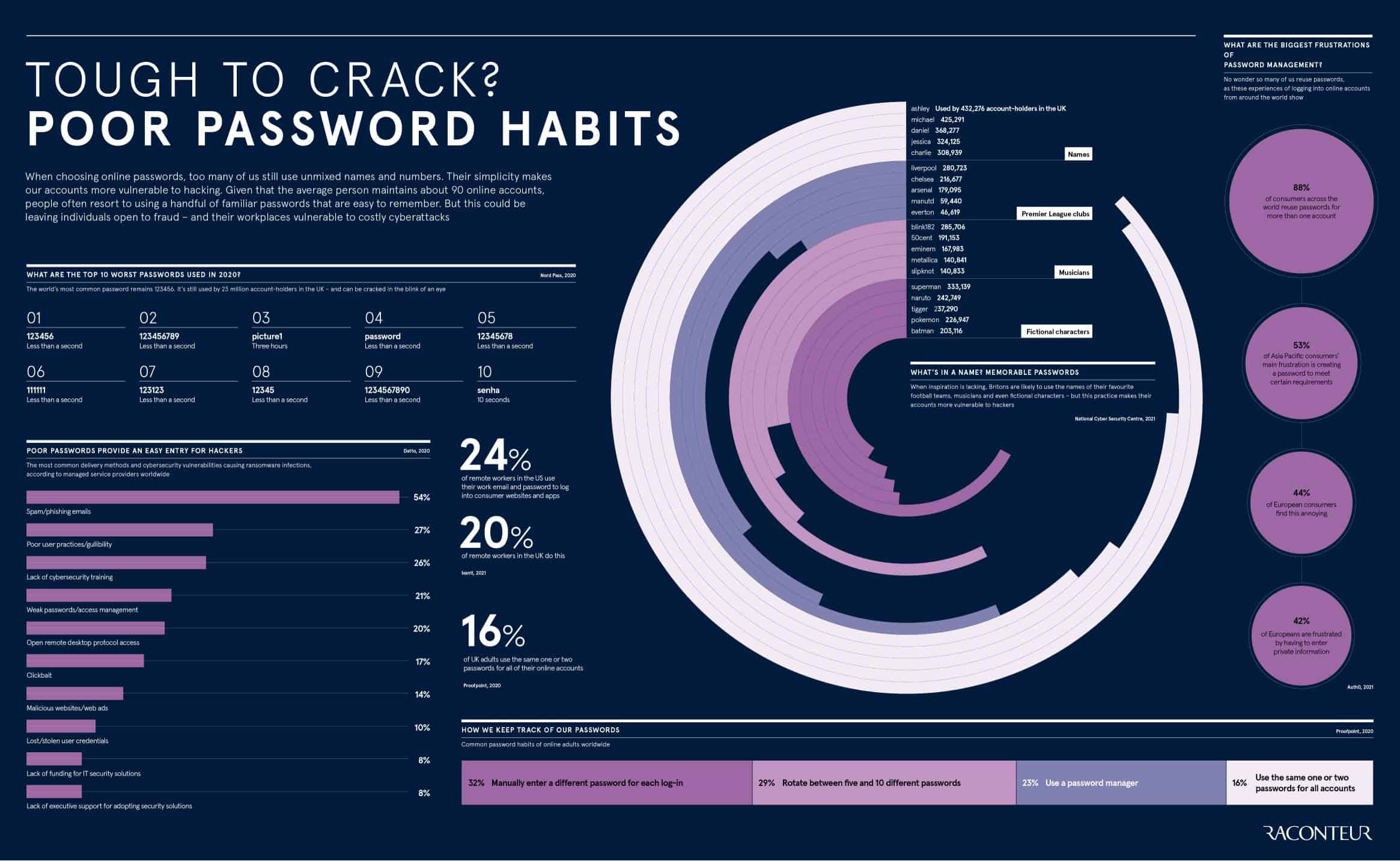
All the anti-malware software and antivirus programs can’t keep you safe from online scams. Learn how to avoid these digital swindles, while protecting yourself and your data.
As technology evolves, scammers think of new ways to trick their victims. You may think that it won’t happen to you and that you’re better than that, but the truth is that no one is safe.
The most common online scam involves phishing. You’ll receive a credible-looking message asking you for your password or other sensitive data. Stay on alert by never clicking on a link in a suspicious email asking for your information. Instead, contact the company directly.

Some online scams are so perfectly executed that they are untraceable. The key is getting you to release sensitive information on your own. Avoid being tricked by double checking before clicking. Don’t follow any steps that require you to give up personal information or money.
All of these schemes may seem a bit reminiscent of Mr. Robot, but they are closer to home than you may think.
If you’re traveling this holiday season, then stay away from tourist scams as well. The online world is full of innovations, but we still need to protect ourselves.




